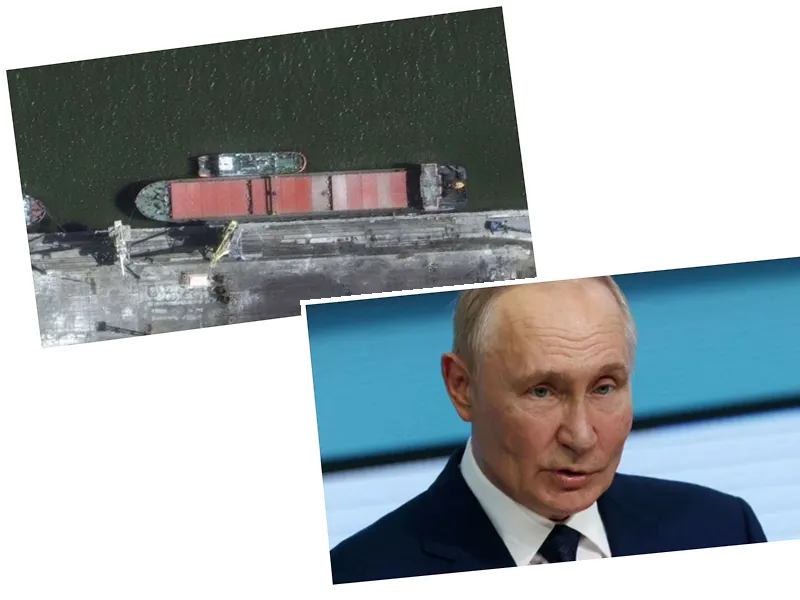The Escalating Arms Race in the Ukraine War
Recent satellite images reveal a concerning development in the ongoing conflict between Russia and Ukraine. Reports suggest that Iranian ballistic missiles have arrived in Russia, specifically the Fath-360 short-range missiles, which may be used against Ukraine. This shipment, confirmed by satellite imagery from Maxar Technologies, is believed to have docked in Olya, Astrakhan Oblast. The implications of this arms transfer are significant, as it may bolster Russia's military capabilities at a critical juncture in the war.
Ukraine's Response to Russian Threats
In response to the evolving military landscape, Ukraine is enhancing its defense systems. Recent announcements indicate that Germany will provide additional IRIS-T SLM and SLS air defense systems, aimed at countering the potential threat posed by Iranian missiles. With the Fath-360 missiles reportedly capable of reaching speeds of Mach 4 and carrying a substantial warhead, Ukraine's reliance on Western support for air defense is more crucial than ever. The Ukrainian army is also utilizing advanced reconnaissance technology, including a robot dog, to strengthen its military operations.
The Geopolitical Implications of Missile Deployments
Russian President Vladimir Putin has made it clear that the introduction of long-range missiles into the conflict would signify NATO's direct involvement. He stated that any Ukrainian strikes on Russian territory would prompt a reassessment of Russia's military strategy. As the U.S. continues to provide intelligence and military support to Ukraine, the potential for escalation remains high. The ongoing arms race, characterized by missile deliveries and military aid, underscores the complex dynamics at play in this conflict, with both sides preparing for an uncertain future.






